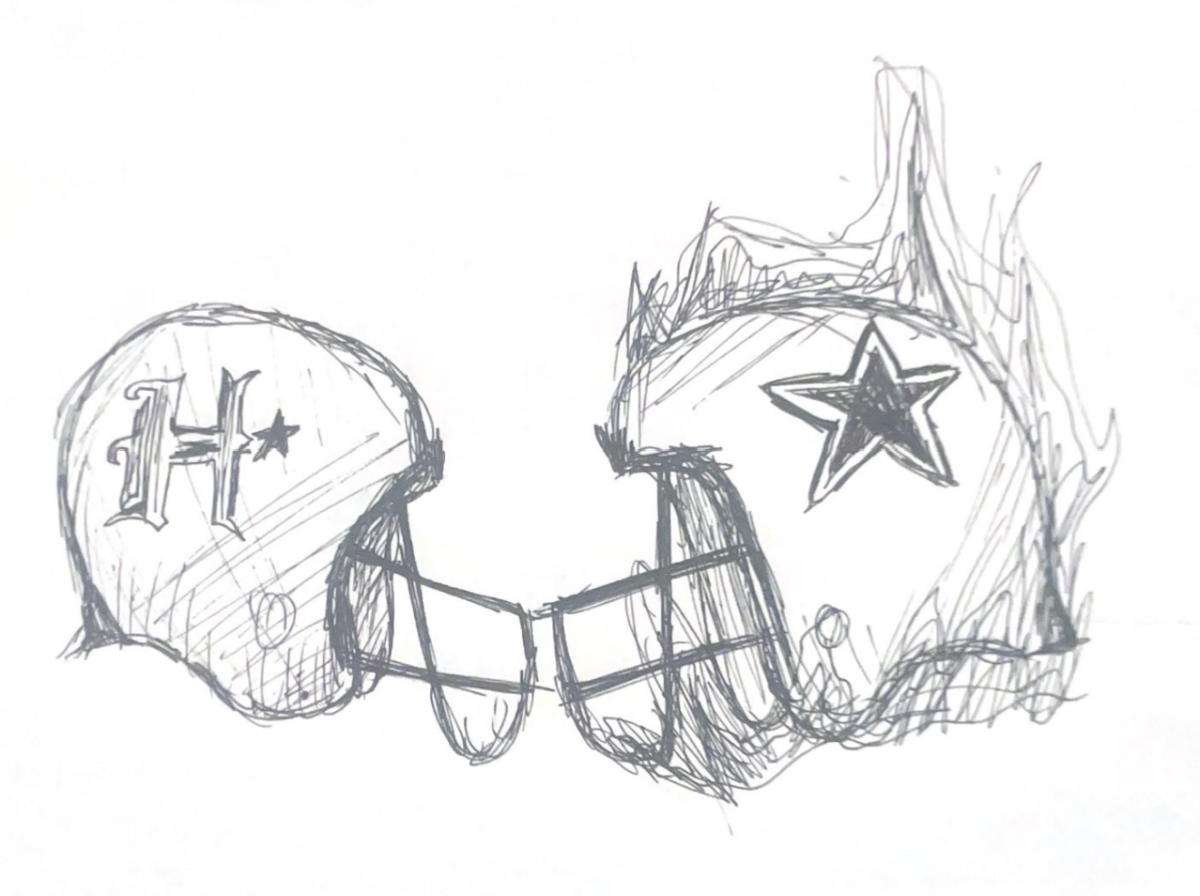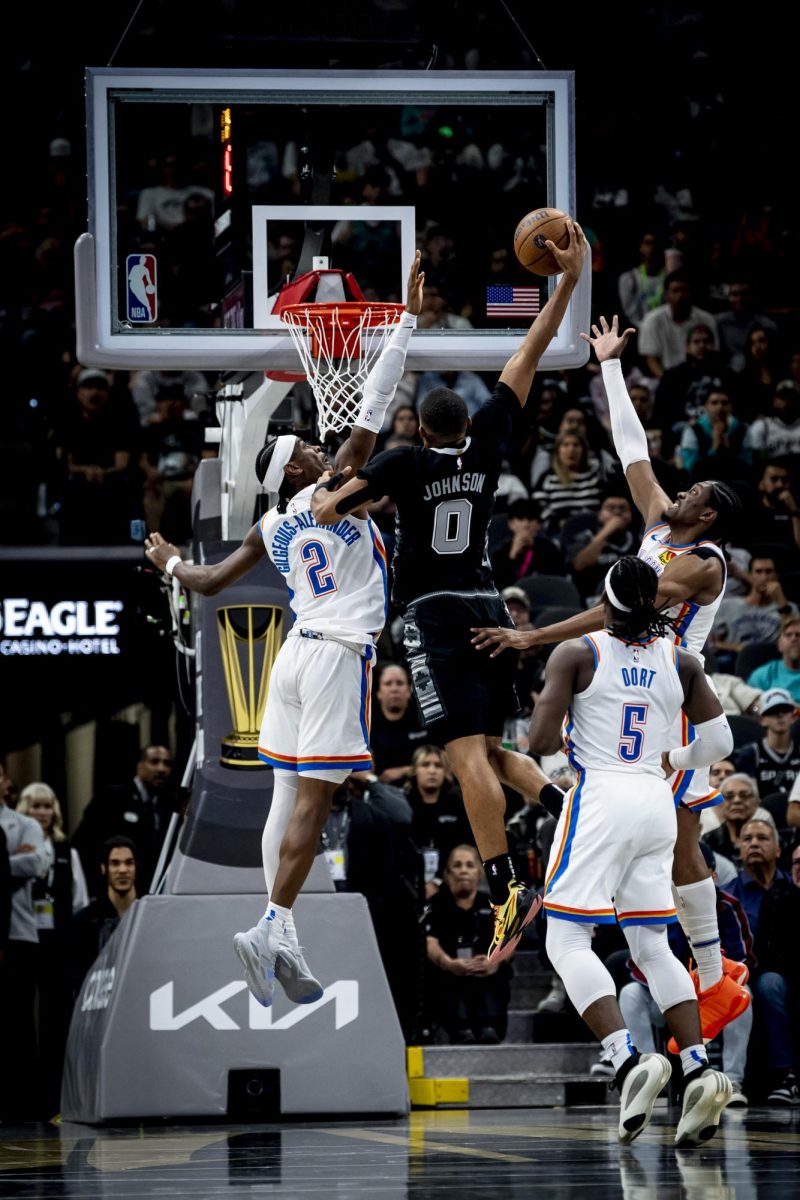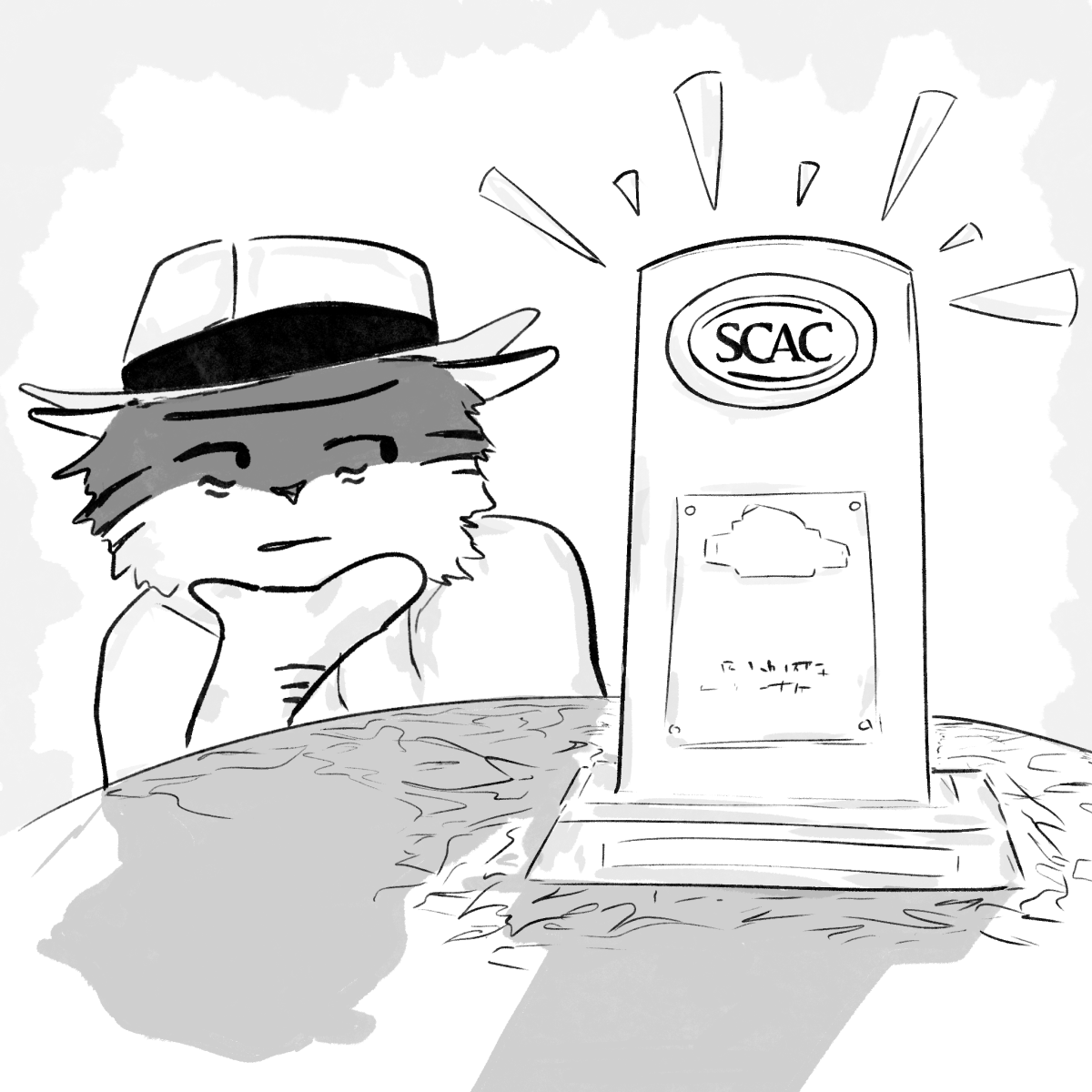In another opinion piece in this week’s Trinitonian, Tiffany Nguyen, William Ballengee and Rachel Lopez claim that online competitive “Esport” games such as Counter-Strike: Global Offensive, League of Legends and Super Smash Brothers can be classified as sports because of their of their competitive nature and the amount of time that players spend training. While many games can be classified as sports from this set of criteria, others — even some MMOs — should also be in the “art” category, alongside of movies and television. The way that players shift their perspectives to an individual game’s worldbuilding and mechanics is akin to the process involved in viewing art, and games also often incorporate levels of storytelling that sports do not.
The amount of time and effort that professional gamers spend honing their skills is analogous to athletic training, but it is also similar to the process of reading a challenging book, or watching a film multiple times. In Thomas C. Foster’s educational book “How to Read Literature Like a Professor,” Foster says the beginning of a novel is the chance to learn the literary rules: “Every language has a grammar, a set of rules that govern usage and meaning, and literary language is no different.” This is similar to tutorials in the beginning of most games that explain how the player can interact with the virtual world. The languages in question are different — English as opposed to the series of programmed rules that make up any game’s mechanics — but both readers of literature and players of online games learn a series of rules in order to explore a creatively configured world. Players must train to become better at “reading” the rules of the game, just as people who interact with books gradually learn how to predict events: which character will die, who will fall in love.
The case for viewing games as art gets stronger when looking at experiential games, played less for competition and more for storytelling or open-ended sandbox exploration. I admit that I haven’t played many games that would be considered “Esports”; however, I’ve played many games that I would consider in the same area as books or television in terms of nuanced themes and worldbuilding. One of the best games that I played in 2017 is “Night In The Woods,” an indie platform game released by the studio Infinite Fall last February. The story centers on a cast of anthropomorphic animals who live in a small rural town called Possum Springs; it follows a cat named Mae who returns home after dropping out of college only to be haunted by prophetic dreams and a possible ghost. “Night In The Woods” uses its gameplay mechanics to explore complex themes like mental illness, religion, family and the consequences of industrialization in small towns. The latter is what made the game very interesting to me; there’s a lot of emphasis on the shifting role of workers’ unions in Possum Springs (an issue in real-life towns that rely on small businesses), and without spoilers, the game’s ending feels very relevant to current politics. The player, as Mae, is asked to answer questions that don’t have a clear answer — such as whether God in Possum Springs is “caring but absent, uncaring but distant or vicious and roaming”. The answer to the question requires a lot of thinking about symbolism, just as questions asked in good books do.
There are also games that are more similar to visual art. Examples of this type of game include “Mountain,” which is about looking at a mountain. There isn’t much to do in the technical sense, but you can watch the mountain slowly change over time as it sprouts with vegetation, is covered in snow during the winter and eventually erodes. “Year Walk” is also a game that prioritizes visual art and aesthetics. Players walk around a desolate Swedish countryside, admiring the beautiful graphics while learning about the Swedish ritual of “year walking”, where people sequester themselves in dark rooms and then walk through a forest to a village church to learn what their future holds. The experience of playing one of these games is like looking at a piece of art in a gallery — one that can be interpreted in many different ways.
While games may be considered sports one day, the debate is also going on about whether they should be considered art. Video games are legally considered art forms by the National Endowment for the Arts. However, in 2010 film critic Roger Ebert caused a controversy when he claimed that games couldn’t be art with the statement, “No one in or out of the field has ever been able to cite a game worthy of comparison with the great poets, filmmakers, novelists and poets”. He also brought up the sport-like nature of games as a reason to disqualify them. Even if this is true, all new art forms developed in recent centuries have been met with this kind of criticism. For example, films were once considered artistically inferior until blockbuster movies like “Citizen Kane” were made. As time passes and more creative games are made, people will eventually view games as art forms, not just as sports.
Take a look at Tiffany Nguyen’s response “Esports are evolutionary sports“







